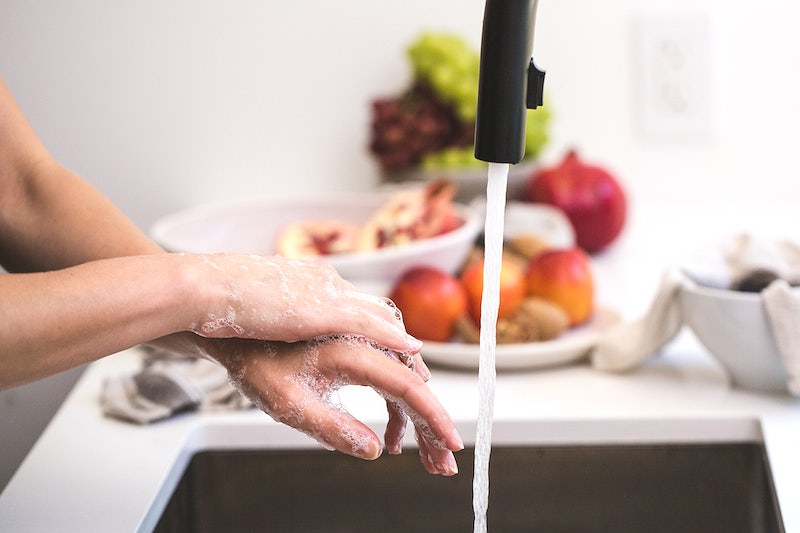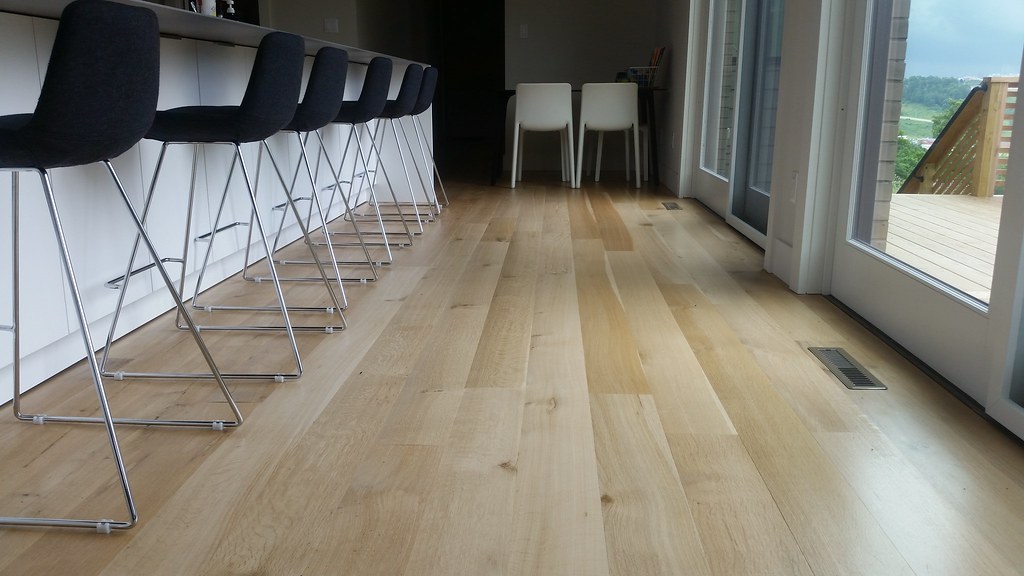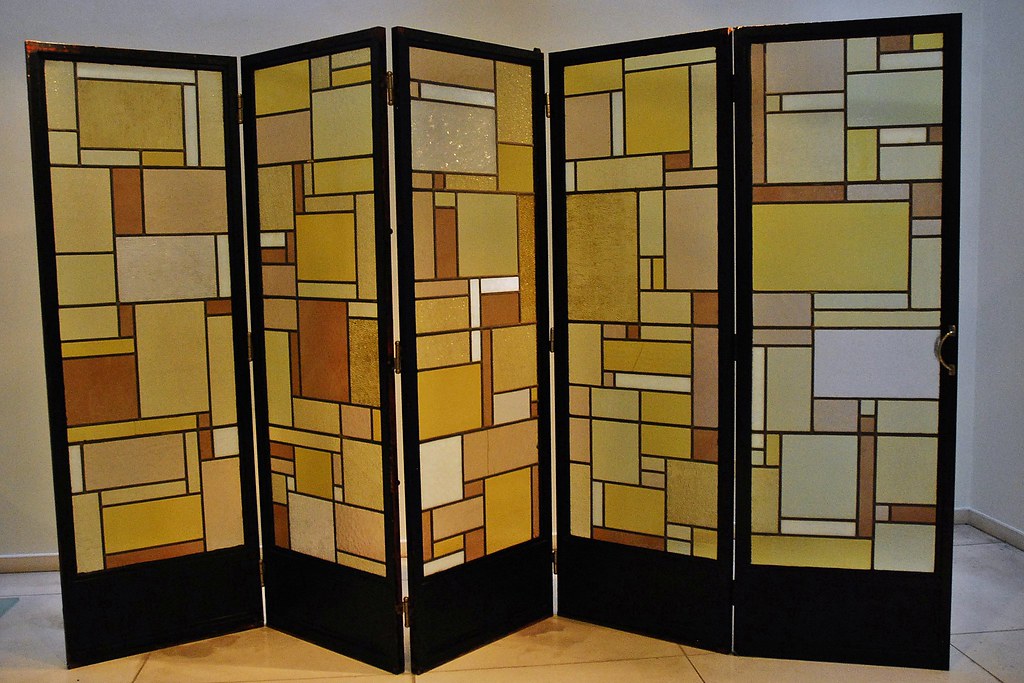True or False for Kitchen Safety

Kitchen safety is no accident. How many of these statements would you say, at first glance are TRUE . . . or . . . FALSE?
1. An electric burner coil can reach a temperature of more than 1,000 degrees Fahrenheit.
2. You can sanitize your sink or garbage disposal by pouring down a quart of water with a teaspoon of chlorine bleach mixed in.
3. It is unsafe to eat oysters or clams that have been boiled for five minutes or more if they haven’t opened.
4. Eating homemade raw cookie dough will put you at risk of getting Salmonella poisoning.
5. Even freezing your food to Zero degrees Fahrenheit will not kill all the bacteria present.
6. Glass bakeware can break ( with a very loud BANG ) if subjected to a rapid temperature change.
7. If an electric outlet must be placed near a sink, it does not need to be A GFI (Ground Fault Interrupt) type.
Read More: What Type Of Lighting Should You Choose For Your Kitchen?
- TRUE – So it will not take long for loose clothing or a stray dishtowel to ignite if left in contact with an electric stove top.
- TRUE – While straight bleach is sometimes used, the aroma of “clean” afterward can be overpowering and unpleasant. Just this diluted mix will sanitize well and not be so concentrated.
- TRUE – Discard any that have not opened while boiling and serve up those that have. (After an additional 4 minutes of boiling).
- TRUE – Cookie dough recipes call for eggs. If you’ve made the dough yourself, you’re risking Salmonella. Properly refrigerated store-bought, pre-packaged cookie dough is safe though. Their recipes use pasteurized eggs.
- TRUE – You won’t have completely sterile food by freezing it. The only thing that temperature will do is halt all growth of bacteria.
- TRUE – There is NO brand of glass bakeware that is indestructible. All glass products will obey the laws of physics if not handled properly. So don’t leave a casserole dish on a burner or transfer a hot glass bowl from the oven to a cold sink with even a little cold water in it.
- FALSE – Any electric outlet that has a possibility of getting splashed with water must be a GFI plug so that it can cut power
instantly. A non-GFI outlet could spark, heat up, or become an electrocution hazard long before the breaker that controls its circuit trips off.





